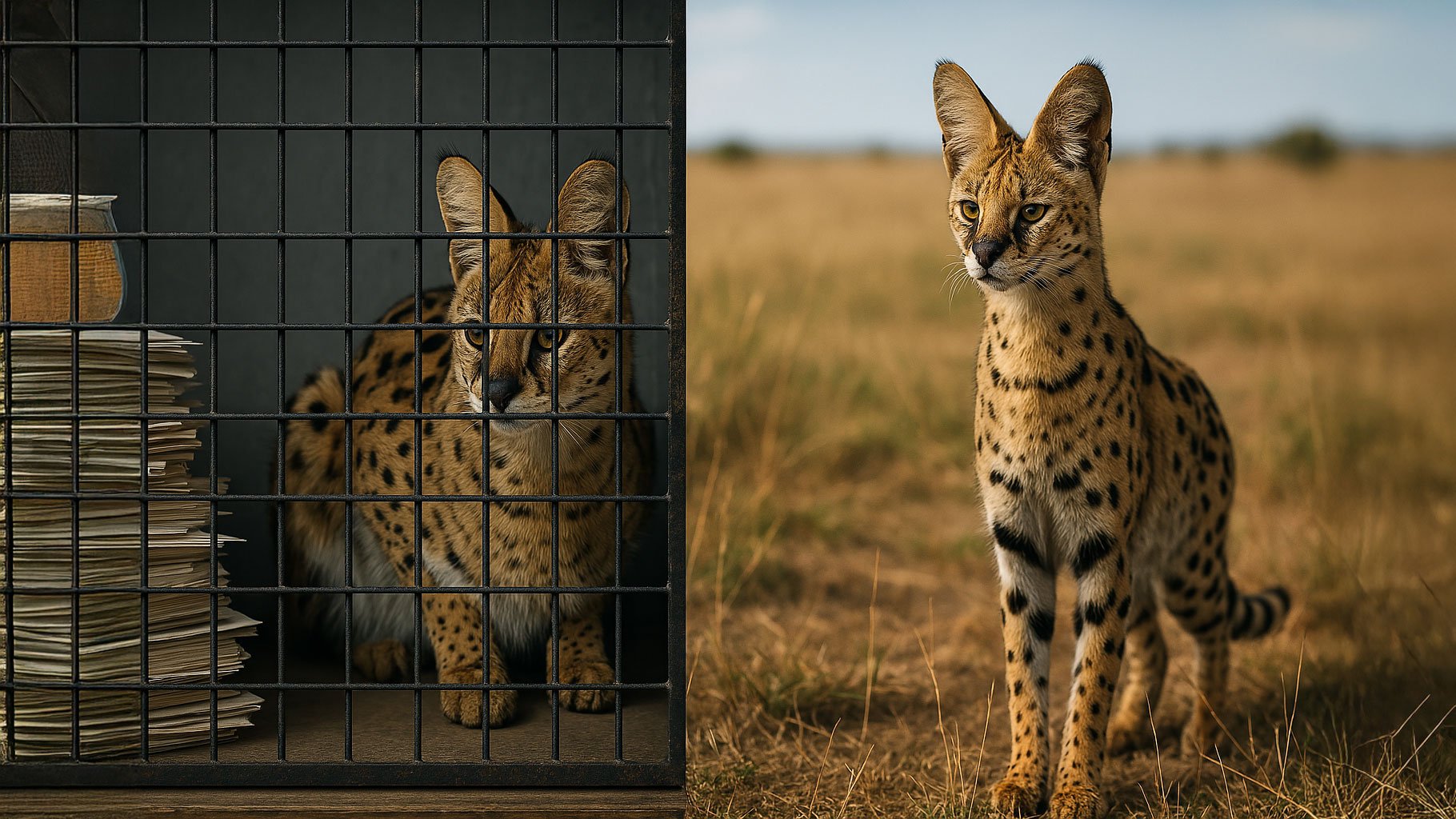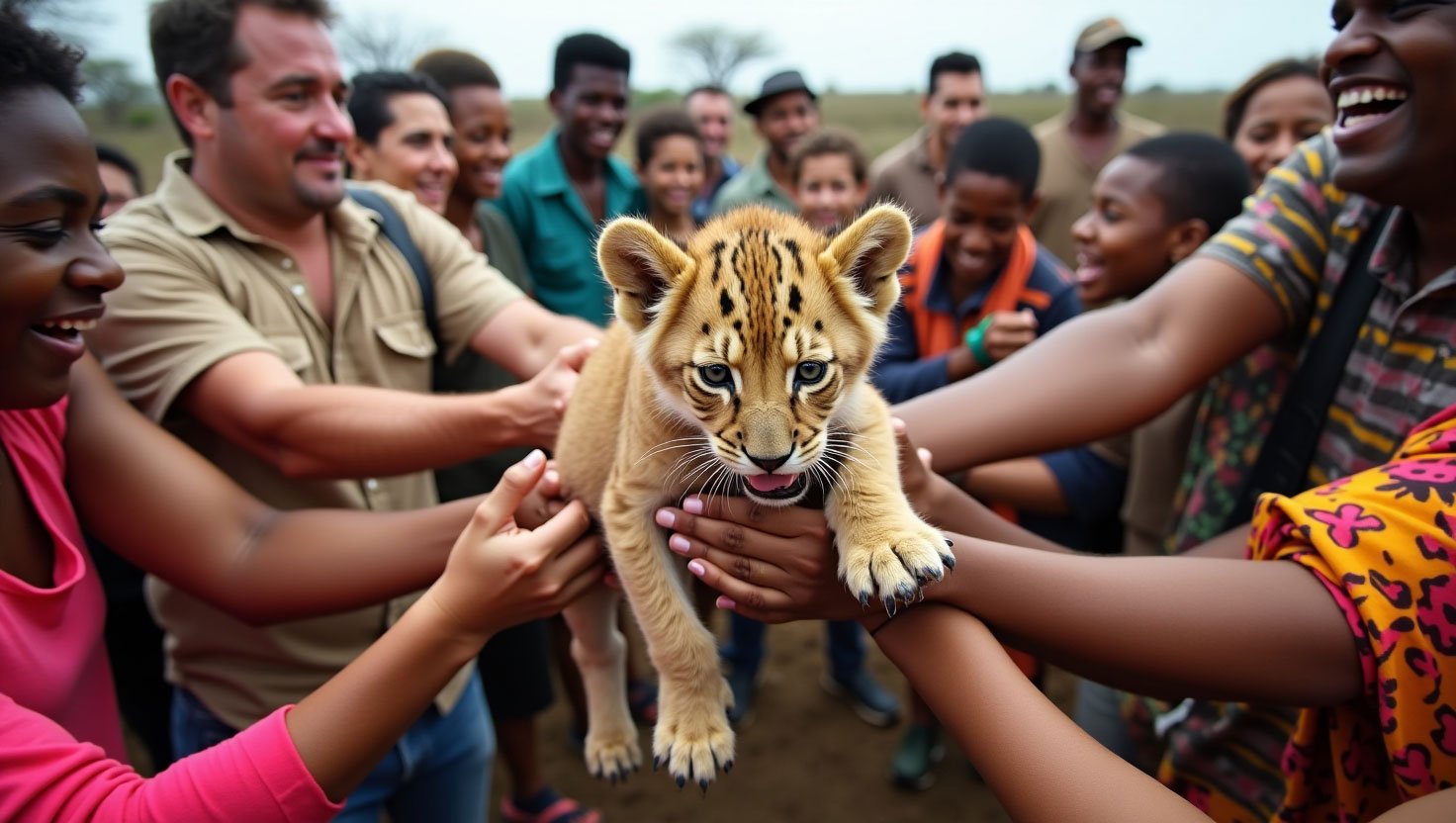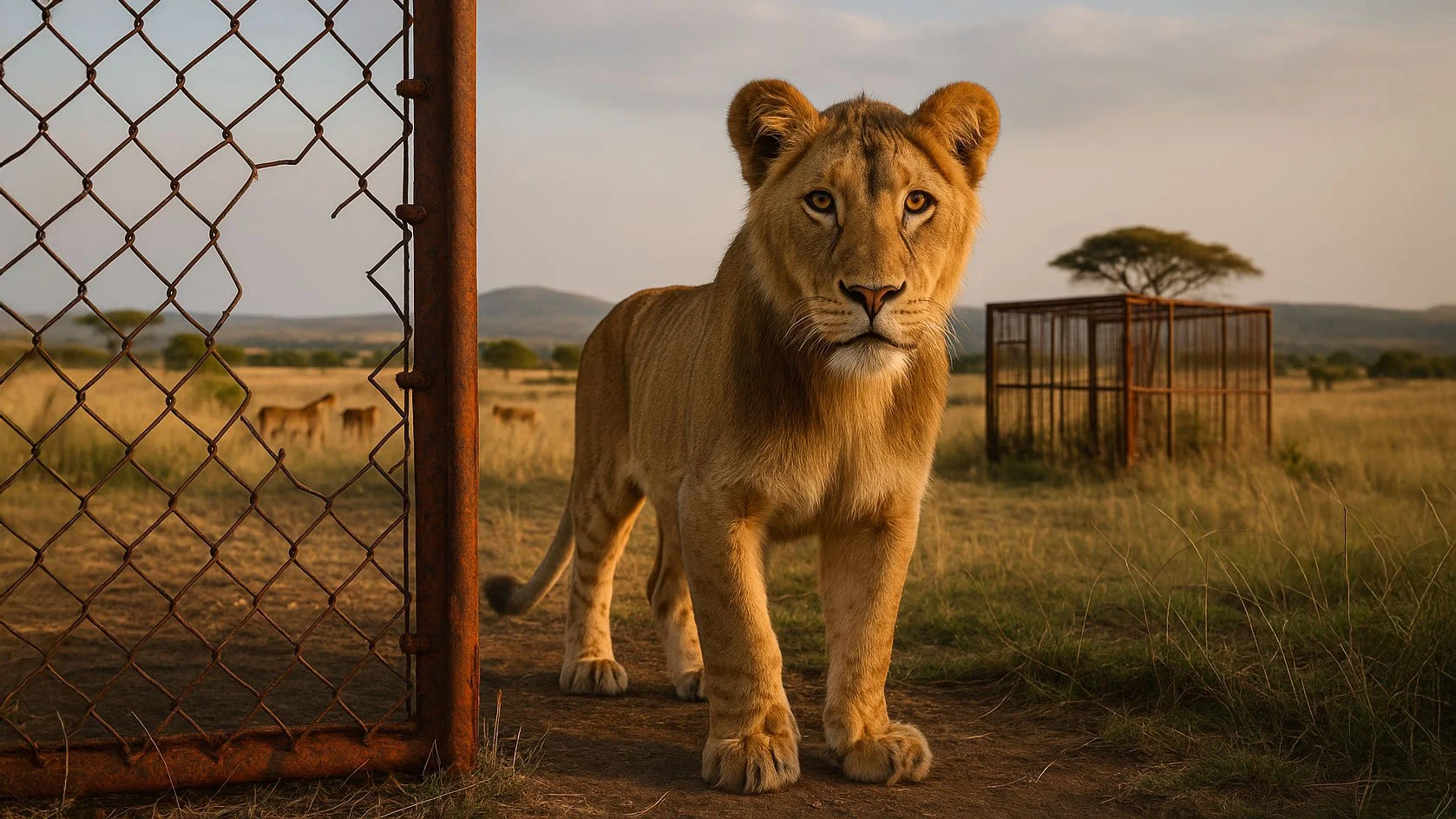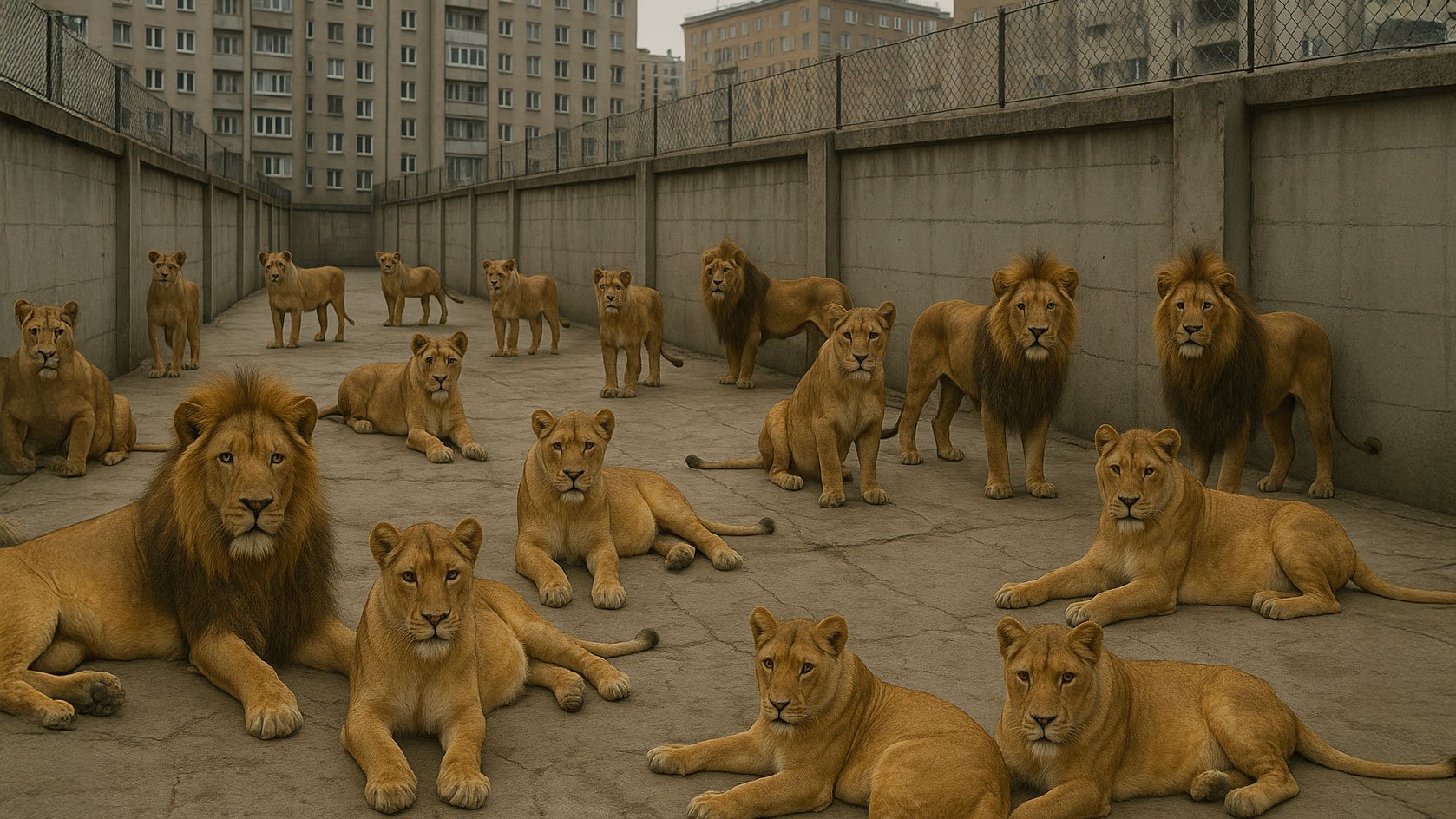The Silent Threat: How Legal and Illegal Wildlife Trade Endangers Exotic Cats
Captive Serval VS Wild Serval
The global wildlife trade—both legal and illegal—continues to pose a devastating threat to exotic cats, yet a recent interview with conservation biologist Alice Hughes published by Mongabay highlights that the line between legal and illegal wildlife trade is far more blurred than most people realize. While her insights cover a wide range of species, her concerns resonate deeply with those of us who advocate for the protection of wild cats, many of whom suffer at the hands of this lucrative and often unregulated industry.
Legal Trade: A Loophole for Extinction
Hughes underscores a critical issue—legal loopholes in wildlife trade regulations that allow endangered species to be exploited under the guise of legitimacy. Species like servals, caracals, and ocelots, highly sought after in the exotic pet trade, are often bred and sold legally in certain countries. However, this legal trade often masks a darker reality.
Legal breeding operations frequently serve as fronts for laundering illegally captured animals into the market. Once an animal enters the system, distinguishing whether it came from the wild or was bred in captivity becomes nearly impossible. This ambiguity is especially dangerous for exotic cats, as captive breeding can be used to justify the extraction of their wild counterparts.
For example:
Servals and Caracals are bred in large numbers for the exotic pet trade in the United States and Europe, yet many of these animals come from dubious sources. The demand for these cats has increased dramatically due to social media trends, encouraging both poaching and unethical breeding practices. Just today social media posts showed an escaped or abandoned serval in Ohio where the owners were trying to get out of fines and seizure by saying the cat was “just a hybrid” which is why the hybrids should be banned as well.
Tiger Parts Trade: Even in cases where breeding tigers is legal, their body parts often make their way into traditional medicine markets, especially in Asia, perpetuating a deadly cycle.
Illegal Trade: A Network of Exploitation
Illegal wildlife trafficking remains one of the largest contributors to biodiversity loss worldwide. Hughes emphasizes how organized crime syndicates exploit gaps in enforcement to traffic wild species, including exotic cats, for pets, pelts, and traditional medicines.
Exotic cats are particularly vulnerable to this trade due to their high value. Leopard cubs, cheetahs, and even endangered clouded leopards are routinely smuggled across borders, destined for private collectors or canned hunting facilities.
Cheetah Cub Smuggling: In the Horn of Africa, cheetah cubs are frequently captured from the wild and sold into the illegal pet trade, with mortality rates exceeding 70% during transport.
Jaguar Parts in Latin America: Jaguars are killed for their teeth, bones, and claws to feed a growing market for traditional Chinese medicine, despite their protected status.
Illegal trade is not limited to distant continents—the United States remains one of the world’s largest importers of exotic animals, and lax regulations make it difficult to distinguish legal imports from those obtained illegally.
Captivity and Cruelty: A Life of Misery for Big Cats
The blurred line between legal and illegal trade has direct consequences for big cats living in captivity. Legal loopholes allow unscrupulous breeders to perpetuate a cycle of suffering by mass-producing exotic cats for roadside zoos and backyard enclosures. Cubs born in captivity are often used for cub-petting, only to be discarded or sold once they outgrow their usefulness. This creates a surplus of captive cats with no place to go—further fueling the cycle of exploitation.
The Big Cat Public Safety Act (BCPSA), passed in 2022 in the U.S., has made significant strides in reducing this issue by banning private great cat (aka big cat) ownership and cub petting, but Hughes’ analysis reveals that similar legislation is desperately needed globally. Those in the sanctuary community can attest to the fact that a similar ban on the lesser cats is necessary too. Many countries lack the stringent regulations required to track, monitor, and enforce animal welfare and trade laws.
Unchecked E-Commerce: The New Black Market
Hughes also draws attention to the growing role of e-commerce and social media in facilitating the illegal trade of wildlife. Platforms like Instagram and Facebook provide easy access to wildlife traffickers, often under the radar of law enforcement. Exotic cats, particularly small wild cats like servals and caracals, are frequently advertised as “exotic pets” online.
Because these transactions often occur in private groups or encrypted platforms, tracking them becomes a monumental challenge. Hughes calls for increased surveillance and AI-driven monitoring tools to identify and intercept illegal transactions in real time.
Solutions: Better Monitoring and Enforcement
To combat the threats to exotic cats, Hughes stresses the urgent need for:
Unified Global Databases: A centralized system to track and monitor wildlife trade, making it harder for traffickers to falsify documents or launder animals through legal channels.
DNA and Isotope Analysis: These techniques can determine an animal’s origin, helping differentiate between wild-caught and captive-bred individuals.
Stronger Legislation and Penalties: Many countries lack the teeth necessary to enforce existing laws. Stricter penalties and international cooperation are essential.
AI-Powered Monitoring: Social media platforms and online marketplaces must be held accountable for enabling wildlife trafficking and should deploy AI-powered tools to detect and remove illegal listings.
A Call to Action: Why It Matters for Exotic Cats
The survival of exotic cats depends on our ability to close the gaps that allow wildlife trafficking to thrive. While the Big Cat Public Safety Act has made immense progress in the United States, it is only the beginning of what needs to be a global effort to protect these magnificent creatures.
Big Cat Rescue’s mission has shifted from sanctuary work to funding wild cat conservation, ensuring that wild cats stay where they belong—in the wild. But the fight is far from over. We must push for international adoption of laws similar to the BCPSA and demand accountability from online platforms that enable the sale of exotic animals.
🐾 How You Can Help
Speak Up: Advocate for stronger legislation in your country to regulate and ban private ownership of exotic cats.
Support Conservation Efforts: Donations to legitimate conservation organizations help protect wild cat habitats and prevent poaching.
Be a Responsible Citizen: Never engage with or support social media accounts that promote exotic cats as pets.
Together, we can break the cycle of exploitation and protect exotic cats for generations to come.
Read more: https://news.mongabay.com/2025/03/both-legal-and-illegal-wildlife-trade-need-better-monitoring-interview-with-alice-hughes/

















